The content of the article
African boomslang - a representative of the family already distinctive, is quite beautiful and at the same time very dangerous tree snake.
I would like to draw attention to the fact that this type of reptile is among the ten most dangerous snakes on earth. Boomslang body length can reach 2 meters. The color of the reptile is almost monophonic, however, individuals are found that have a fuzzy pattern. The main color is green, but you can often see representatives of this species having an olive or brownish color. Note that the color of the back of this snake contrasts sharply with the color of the belly - yellowish.
Appearance
Boomslang is a reptile living on the African continent with a slender and rather long body (from 1.5 to 2 m in length). Nevertheless, there are also individuals whose length reaches 4 meters.
The body color of this type of snake is quite variable, it can be either monophonic or with a dimly pronounced pattern in the form of stripes and spots of dark color. I would like to draw attention to the fact that the color of the skin of a boomslang directly depends on the background of the surrounding area, which, in fact, helps this reptile to easily adapt to the environment and remain almost invisible during hunting. The average weight of a snake ranges from 300 to 500 grams. The body of the reptile is of a characteristic oblate shape - slightly compressed from the sides. The head is rather short, characteristic egg-shaped. Boomslang is distinguished by perfect vision, while hunting, looking for suitable prey, constantly turns his head.
The teeth of this dangerous and poisonous snake, although small, are quite strong (7-8 teeth of the upper jaw). There are also fangs in the boomslang, 3 pcs under each eye. There are no fangs on the lower jaw, there are only teeth.
Species distribution
Power Features
The main boomslang diet is lizards, frogs, as well as some species of birds and their eggs. Often, this reptile catches insects on the ground for its nutrition, and also eats their larvae.
Most often it hunts, being directly on a tree, lying without a single movement on its branches and waiting for its prey for a rather long period of time. As soon as the bird sits near the boomslang, the latter makes a lightning jerk, throwing forward the front of its body in order to capture the prey with its teeth. Boomslangs have a great response, so these reptiles can catch birds when the latter are in the air.
Snake venom acts very quickly, and almost immediately paralyzes the boomslang victim. To the presence of reptiles near the nest, birds often react with rather loud and alarming cries, while making circular overflights around their natural enemy. However, such a protective reaction of birds, as a rule, does not do any harm to the snake.
In search of food, the reptile can rise quite high on the table of the tree, after which it freezes, waiting for its victim. In this position, the boomslang can be for a long time, because of which many birds take the reptile for a fat branch, which they sit on, immediately becoming a victim of this treacherous snake.
Virulence

Reptile venom is quite toxic, when it enters the human body, it usually causes a fairly strong pain effect, negatively affects cell tissue, destroying it. Often, after a bite of this snake, a person experiences quite strong internal bleeding. In order to save the victim from the bite of this African poisonous snake, a blood transfusion procedure will be required in a hospital setting.
Poison enters the victim’s body during a snake’s bite through the maxillary teeth through a special groove. For example, such waterfowls as ducks after a boom slang bite become completely immobilized after one minute, the death of the bird occurs in a quarter of an hour. I would like to note that in terms of toxicity, the poison of boomslang is several orders of magnitude stronger than the poison of such a rather dangerous snake as the Indian cobra.
Important! When meeting with a boomslang, direct contact should be avoided and no sudden movements should be made. Often a snake bite provokes a person. If you do not touch the reptile and do not provoke more active actions, the latter simply creeps into the thickets of vegetation.
This reptile behavior is determined by the structure of its organs. The maxillary teeth with grooves, through which the poison enters the victim’s body, have a slightly bent inward shape, which helps the snake quickly cope with small prey, and the reptile sticks its small teeth with difficulty in larger objects.
Breeding
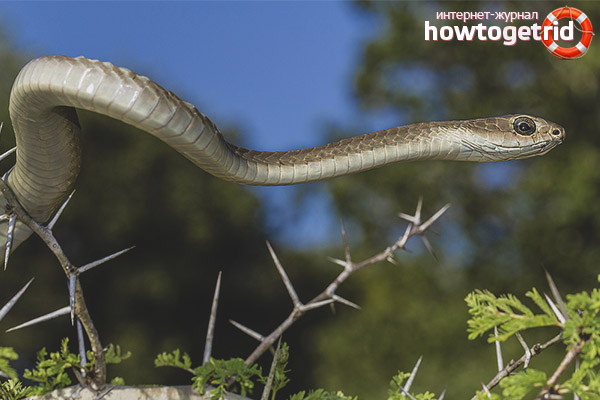
A female boomslang for one laying, as a rule, lays several tens of eggs (up to 30 pcs.). Reptile eggs are laid in abandoned bird nests, empty hollows, or in dense shrubbery. The incubation period is quite long and amounts to about 3 months. The length of the boomslang that came into the world reaches 300-400mm. Young male reptiles are of a grayish color with a characteristic blue speck; young females are distinguished by a dimmer skin color - pale brown. Younger individuals reach a brighter, more adult color after several years. The development of poison, as a rule, begins when young boomslangs grow to a length of 45-50 cm.
Interesting Facts
Not only ordinary people, but also specialists suffer from the poison of boomslang. A few decades ago, the world community was shocked by the news of the death of the famous reptile scientist Karl Schmidt, who, studying this species of snake, was bitten by a snake during its capture.
Although the scientist was well aware of the dangers of poison and the consequences of a bite, nevertheless, even feeling ill, he wrote notes in his diary, accurately describing the effects of the toxic poison of boomslang on the human body. Unfortunately, the scientist could not be saved because of the speed of the poison, however, the victim of a specialist helped to learn more about this reptile and the effect of its poison on humans.
Video: African Boomslang

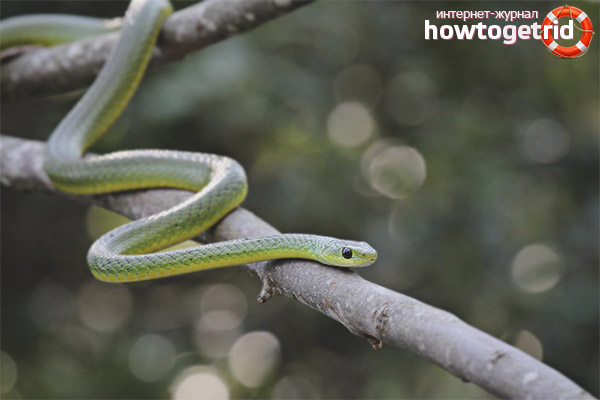
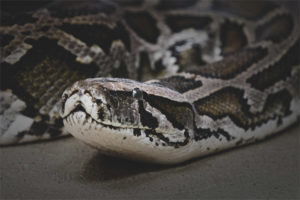
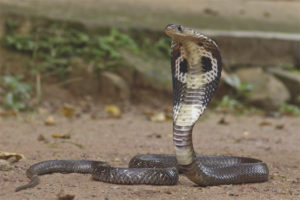

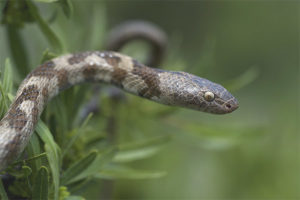
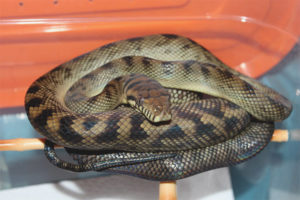
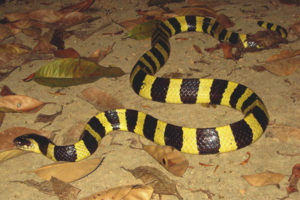
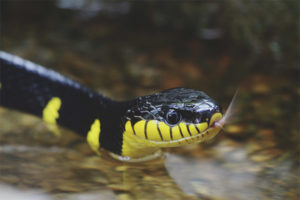
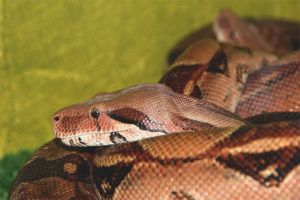
Submit